Alive Water
How Can Agriculture Improve Water Quality?
Agriculture is still one of the leading economic activities in large parts of the world. Many third-world countries have agriculture as their primary source of income. What’s more, our food production largely is dependent on quality agricultural sources. As important as agriculture and farming are in today’s economic structure, it is also essential to evaluate the environmental impact of agricultural activities.
This article will go through methods to minimizing agricultural runoff, discuss methods of water management. And of course, go through methods that you can start utilizing today to not only increase water quality on your farm but to avoid pollution.
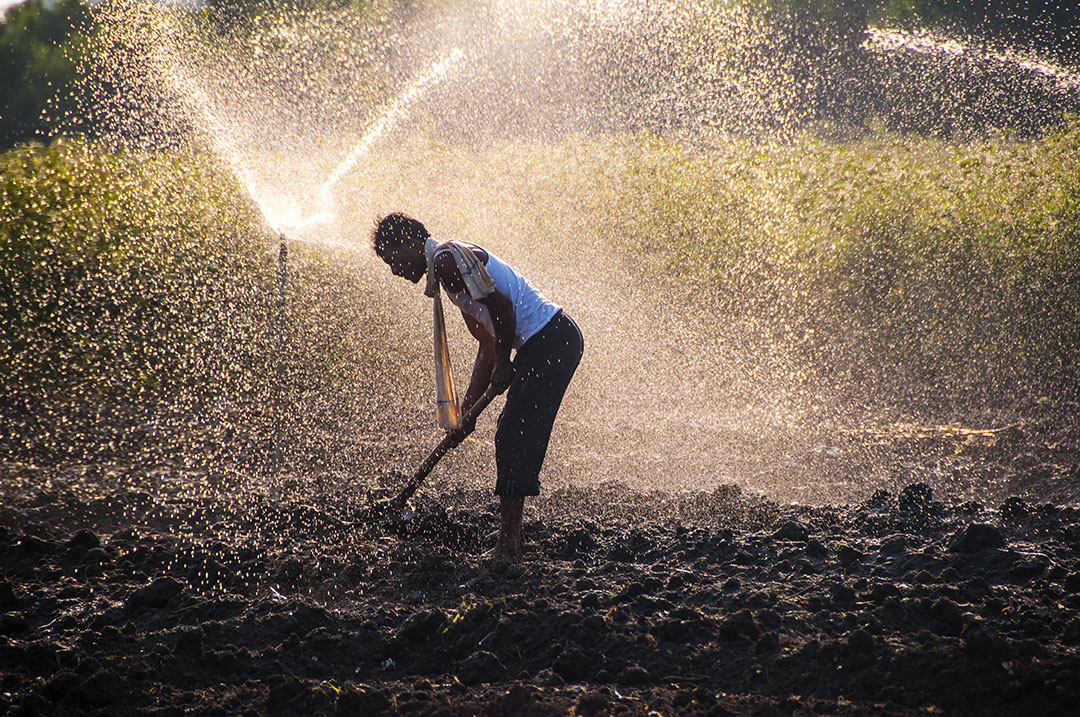
The Impacts of Agriculture On Water Quality
Studies and statistics have shown that one of the leading water pollutants in the world is agriculture. More specifically, numerous agricultural activities lead to water pollution; poorly located or mismanaged animal feeders, plowing frequently or at inadequate times, poor usage or timed application of pesticides, and fertilizers among other activities. And the pollutants that are the result of such strenuous activities include sediments, pesticides, metals, pathogens, and salts.
A monumental reason why it is vital for farmers to consider taking the time to educate themselves on how to improve water quality is obvious from the fact that farmers themselves depend on earth and water themselves. Water plays a vital role in cultivating plants and maintaining livestock. For instance, many rural communities face dire water problems solely due to the lack of quality water caused by contamination.
Thus, to take matters into your hand for your farm, consider reading and learning how you can improve water quality and minimize water pollution.
Protecting Water Quality from Agricultural Runoff
As alluded to, one of the main reasons for pollution caused by agricultural activities is runoff. Thus, it is vital to look at methods you can use on your farm to minimize adverse environmental impact and improve water quality.
First, let’s look at what areas should be covered when trying to improve water quality:
Reduce Nutrient Pollution from Crops
One of the main pollutants found from agricultural runoff is caused by fertilizers, pesticides, and herbicides used for crops. This is mainly due to excessive use of those fertilizers, which inevitably find their way into water sources.
To combat water pollution caused by crops; one can cover plants during off-season farming to keep soil erosion at bay, whilst adding nutrients to the soil and simultaneously reducing weed growth. In turn, this reduces the number of herbicides the farmers use to eliminate the weed.
Another highly recommended method is to use Integrated Pest Management (IPM). This reduces the number of pesticides used to rid crops of pests, as IPM limits the use of pesticides only when necessary. This bridges the gap between excess pesticide use and the elimination of pests.
Eliminate Nutrient Pollution from Animals
Pollutants from crops aren’t the only problem when it comes to agricultural runoff. The waste that comes from raising animals is another common issue that harms the environment. Animal waste causes harmful gases such as carbon dioxide, ammonia, and methane. Not only that, pathogens from manure get into water streams and systems which then infect other animals.
To avoid or minimize such adversities, one should look at ways to sustainably practice managing animal waste. The most popular practice, in this case, would be to use animal waste as fertilizers for crops. This solves two problems at hand: Firstly, it reduces the cost of purchasing chemical fertilizers harmful to the environment. Secondly, also having a use for the animal waste so it doesn’t end up in water streams as pollutants.
Efficient Water Usage
Unsustainable way of using water on the farm impacts the environment negatively, especially excessive water usage during irrigation. The runoffs throughout such excess use are increased, hence it is a good practice to implement scheduling for one’s irrigation system to avoid unnecessary water waste. Similarly, renewable power sources for irrigators can aid in sustainability on farms.
To avoid excess irrigation, you can also use manure (as mentioned above) to retain soil moisture, which in turn restores the natural habitat of the earth.
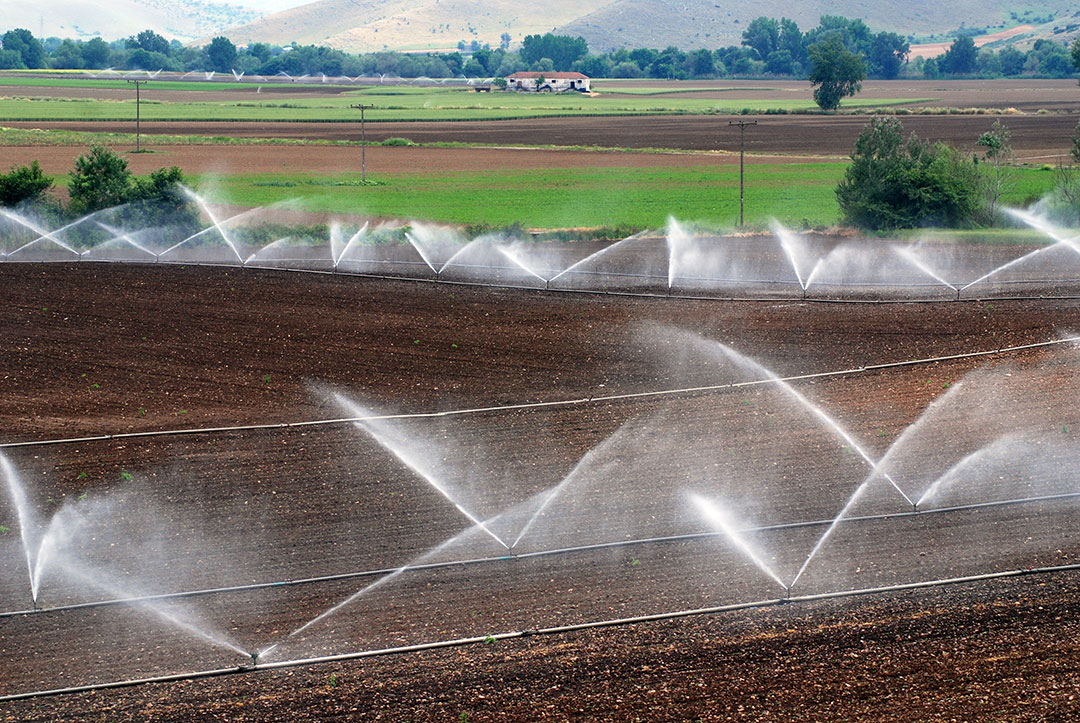
Implement a Water Filtration System
An innovative and vastly used solution to water quality is to implement a sustainable water filtration system for your farm. Water filters allow one to remove impurities, pollutants, and excess minerals from the water, which leads to clean and quality water for crops, animals, and humans alike. Quality water can also increase soil moisture retention levels, hence reducing inefficient water usage.
There is a multitude of water filtration systems available, all coming at varied prices and each tackling a specific need that fits your farm’s needs. In general, though, usage of water filtration systems is an effective and eco-friendly way to improve water quality.
We will further discuss types of water filtration systems to see which would best suit your farm’s needs while we dive deep into the article.
Methods of Water Management in Agriculture
What exactly is water management and why is it important? As the name suggests, water management is the act of managing water to avoid excess waste through either evaporation or runoff. It is essential to manage water in agriculture to:
- avoid costs
- avoid future droughts
- conserve water available to the farm
Irrigation Scheduling
Irrigation is delivering water to the crops but a sustainable way of implementing irrigation systems to your agricultural activities is scheduling. With scheduling, one can precisely choose when, how much and how often to deliver water to crops. This eliminates over-or underwatering of the crops depending on the weather, season, and time of the day. It also aids in reducing the overall costs farms incur with excessive water usage.
Drip Irrigation
Drip irrigation is an irrigation system that delivers water directly to the crop’s root. This results in reduced evaporation, thus wasting significantly less water. Furthermore, timers can be used in order to schedule the watering of the crops. For instance, with scheduled drip irrigation, you can set it to not water during cooler times of the day, further reducing water waste.
Research has shown that well-installed and used drip irrigation systems can conserve up to 80 percent more water than just irrigation.
Cover Crops
As mentioned in the above section, cover crops are highly beneficial not only in reducing pollution but to reduce water waste in the long run. This is achieved by the increased soil fertility and organic matter through covering crops, allowing water to penetrate the soil more easily.
Storing Water
Though not the most convenient for all farmers, some do have personal ponds to capture and store rainfall, which is then used throughout the year. If a pond is managed adequately, then it can create a habitat for local wildlife whilst lessening the bearing on the surrounding watershed.
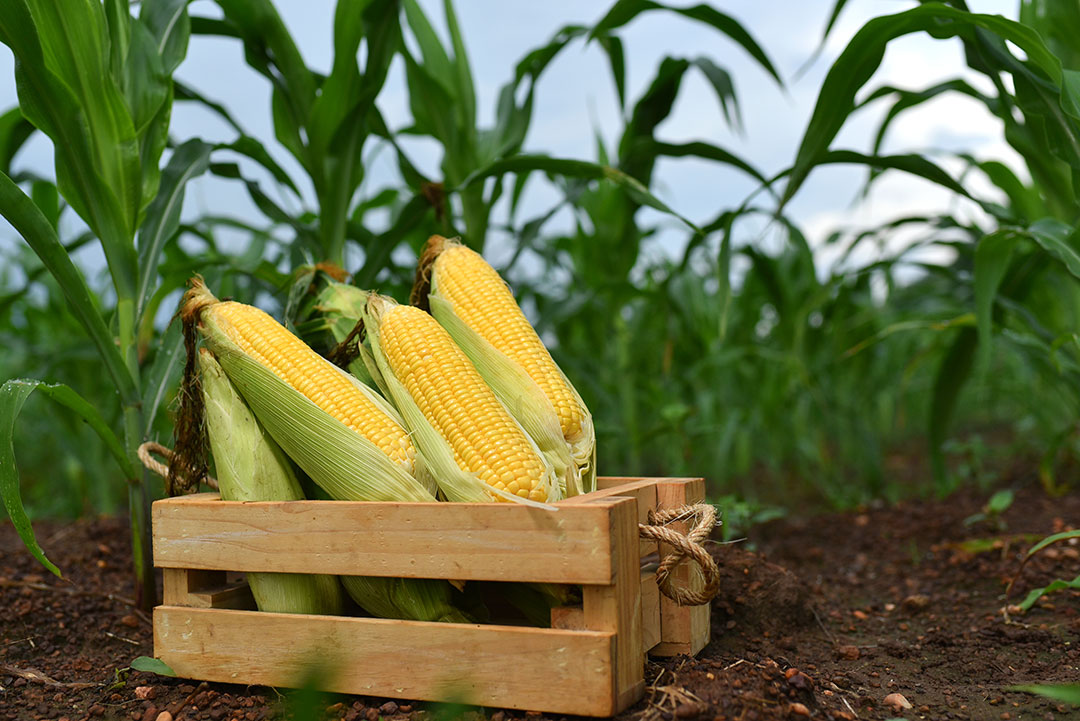
Low-cost Ways to Treat Water
Now that we know how important water management is, we also have to discuss ways to treat water in order to induce better quality water for the animals, crops, and the environment.
Water Distillation System
Water distillation is a widely known way to treat and filter water for agricultural use. The way water distillation works is through boiling and cooling. Firstly water achieves its boiling point until it turns to steam, through which contaminants are separated from the water. Afterward, the steam is trapped and cooled down to its liquid form.
This method is great for agricultural water as distillation can remove up to 95 percent of unwanted minerals and metals. However, the drawbacks here are that water distillation cannot produce a large sum of treated water and they take a long time due to slow treatment rates.
Reverse Osmosis Filters
Reverse Osmosis is another widely used and raved-about water filtration system. RO is a filtration system that utilizes pressure to have water pass through a semipermeable membrane. This method eliminates 99 percent of water contaminants.
The negative with RO is that the amount of water that is during the pressurizing process requires three times more water than what is left after treatment. This can be quite a drawback for agricultural activities that require large bodies of water continuously.
Vortex Treatment
Lastly, we have a highly innovative Vortex treatment, which is a different approach to modern-day water filtration. This treatment solution has been inspired by Austrian scientist and inventor Viktor Schauberger. The way vortex treatment operates is through mimicking the natural flow of water. The water is filtered through the “vortex” motions without stripping the water of its natural minerals.
The Vortex Water Revitalizer™ has been created according to Viktor Schauberger’s philosophy. It leaves the water with better quality by restoring its natural molecular arrangement. Treated water becomes better at hydration, which is extremely important when it comes to agriculture. What’s more, optimal pH levels are restored whilst eliminating bacterias and viruses.
Water Quality for Crop Production
Low-quality water can have adverse effects on crop production. For instance, the crops won’t be able to grow to their optimal quality; an imbalance in the pH levels of water (either too alkaline or acidic) can cause crops to not receive sufficient nutrition; lastly, crops can be prone to bacteria, fungi, infectious agents and parasites. In extreme cases, lack of quality water can lead to the degradation of crops.
Studies have also shown that in cases of high alkalinity (where pH levels are above 7.0) pesticides used on the crops can act counterproductively. The same occurs with floral preservatives and growth regulators, where depending on the make of the used chemical treatments, alkaline levels can lead to ineffectiveness.
On top of imbalanced pH levels, crops also depend on the minerals and micronutrients found in water. Untreated or bad quality water can either have excessive or deficient minerals, which in turn can cause further issues. For instance, a surplus of iron in water can lead to discoloration on foliage plans.
To avoid crop damage due to low-quality water, it is highly recommended to invest in water treatment solutions.
How Can The Vortex Water Revitalizer™ Benefit Agriculture
The negative effects of untreated water can be countered by implementing good water treatment solutions. The Vortex Water Revitalizer™ is one of the treatment solutions to agriculture water filters that will aid in quality crop production and your contribution to increasing general water quality.
There are numerous benefits to using The Vortex Water Revitalizer™ to filter water for agricultural purposes as this solution takes into account the water’s most natural state and treats it to not only eliminate harmful substances but to increase its vitality and quality.
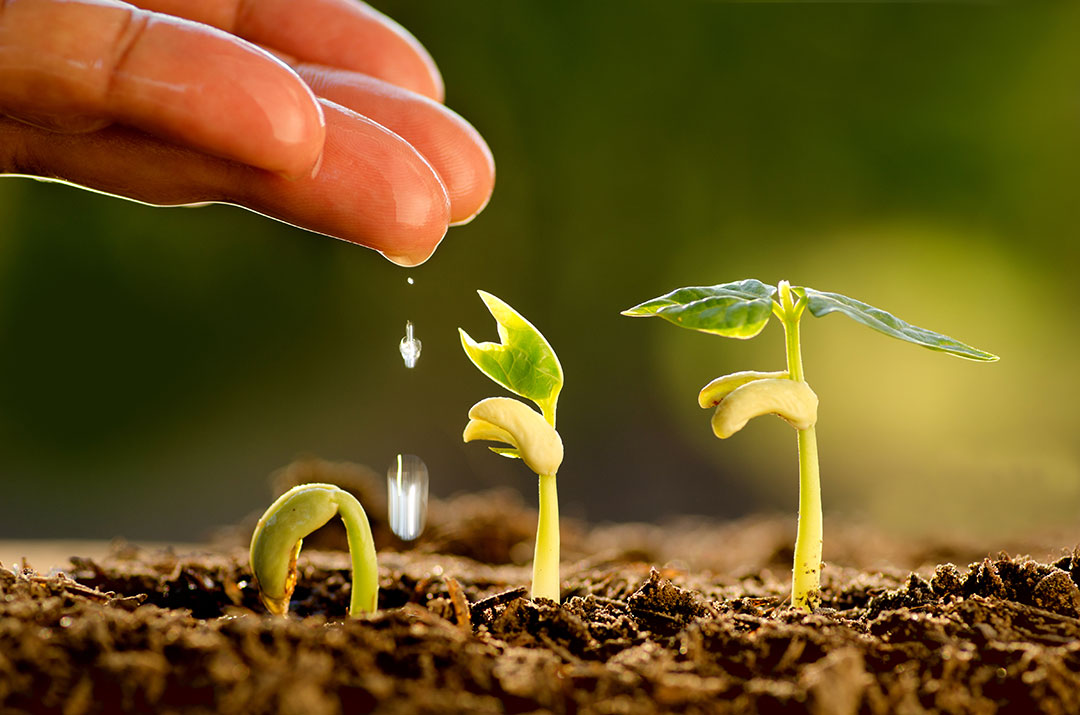
Using The Vortex Water Revitalizer™ will aid your agricultural activities in various ways, but notable few are:
Increased hydration levels
The vortex treatment restores water’s molecular micro-clusters. This enables filtered water to penetrate the ground better, leading to increased water retention levels both for the soil and for the crops.
Restored pH Levels
The Vortex Water Revitalizer™ restores water’s natural properties, allowing the water to reach the most optimal pH levels. Research has shown that following the vortex treatment, water’s pH balance falls between 6.8-7.2.
Improved Cost-effectiveness
In the long run (1-3 months after implementing The Vortex Water Revitalizer™), due to the increased quality of the soil, the soil will hold onto hydration better, thus lessening the required water levels by 20% – 50%. This not only decreases the costs incurred but also improves the farm’s environmental impact.
Eradicated Bacteria & Balanced Micronutrients
Through revitalizing water’s natural capabilities, the treatment not only eradicates undesired bacteria and viruses. The filtration system balances minerals and micronutrients to not have deficient or excessive levels of minerals for the crops.
To treat water on your farm for optimal results take a look at our selection of The Vortex Water Revitalizers™. Our product list is vast to fit your needs!


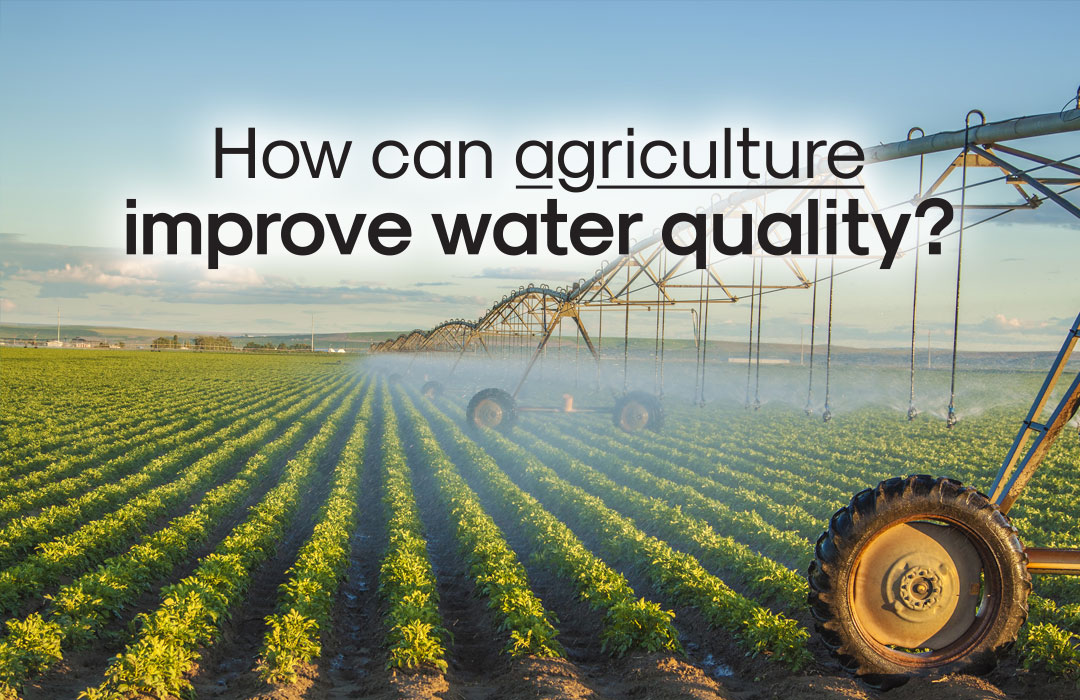
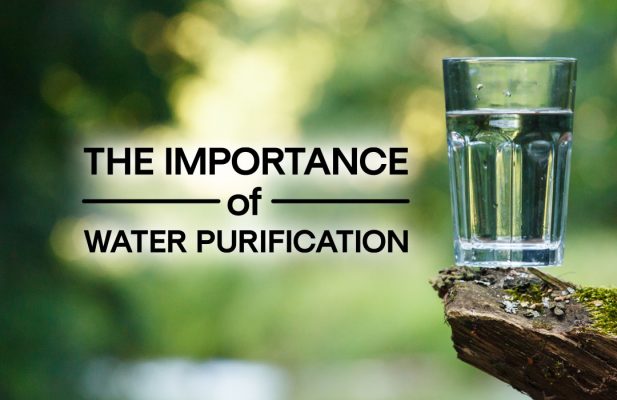
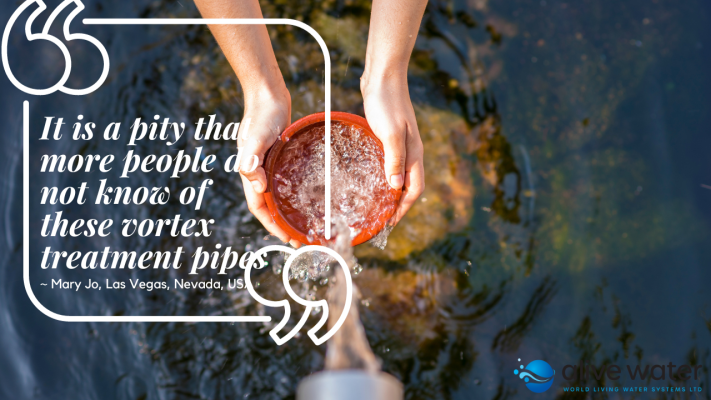
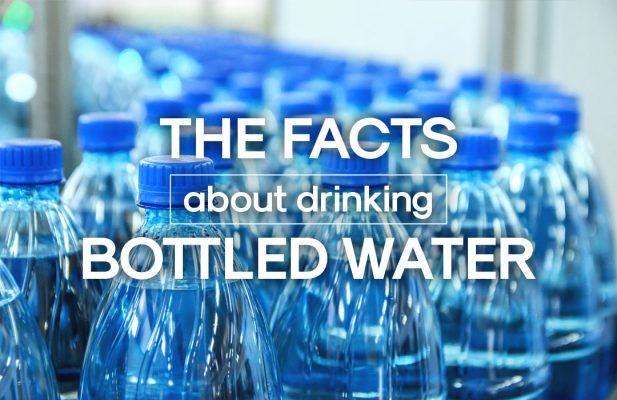
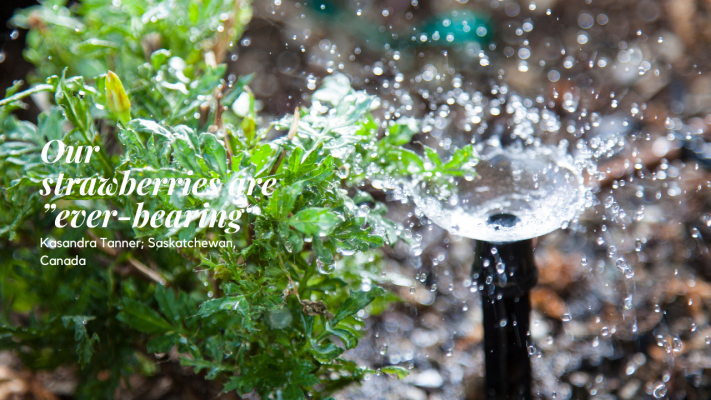
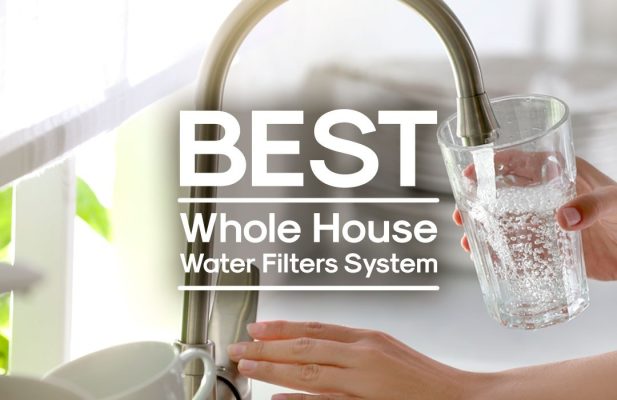
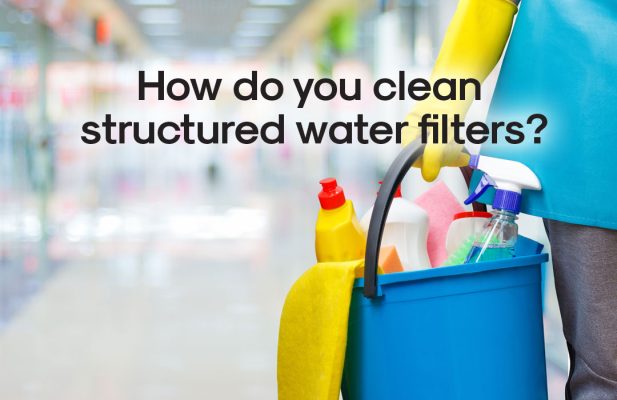
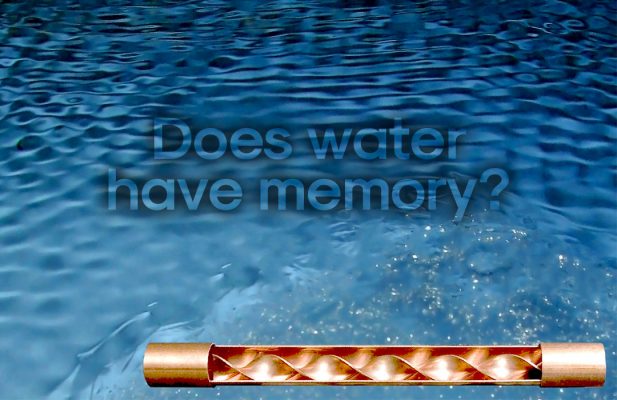
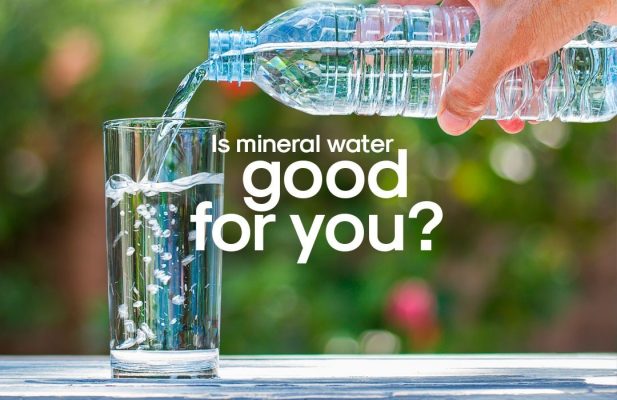
I have a 200 year old springhouse ( contact spring) and a pump that allows me to water my gardens and a pump in my basement that feeds the house each day with water. How would i use the vortex revitalizer in these two situations… I am familiar with Victor’s research and brilliant mind…..Thanks for your help, Nancy
Hi there! Please give us a call and we will be happy to help. 1-800-484-5698. Thanks